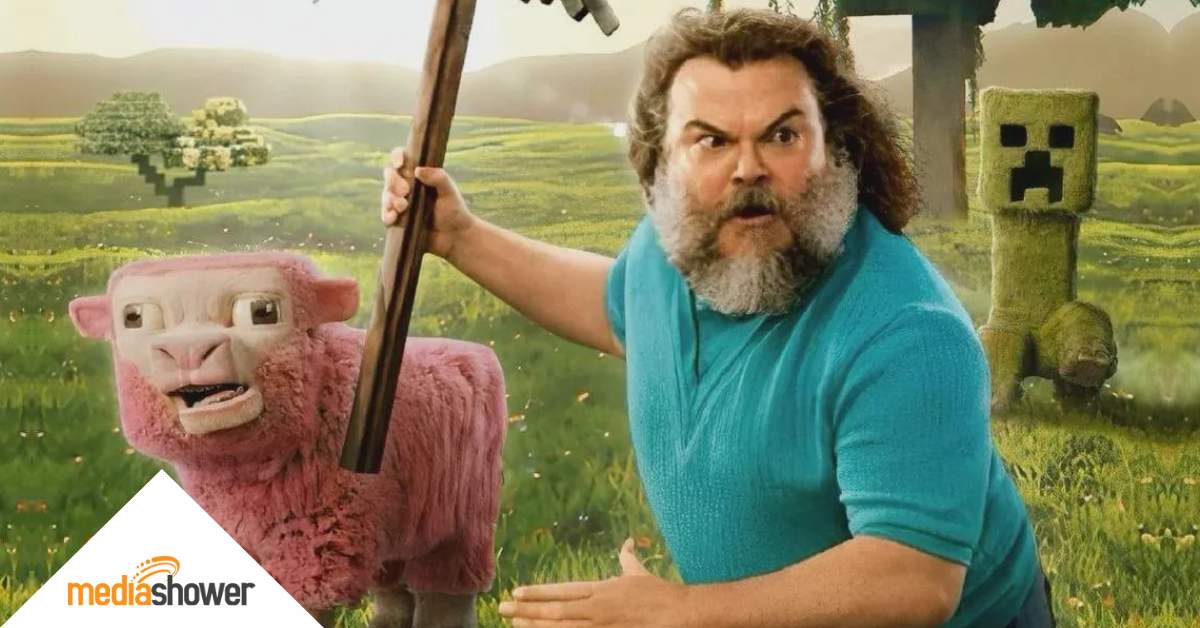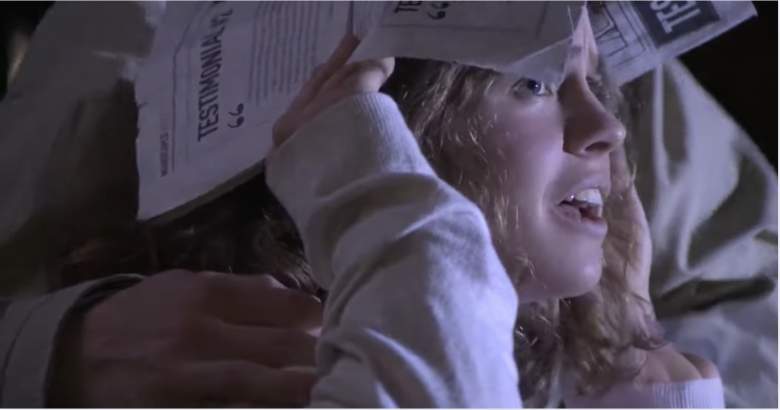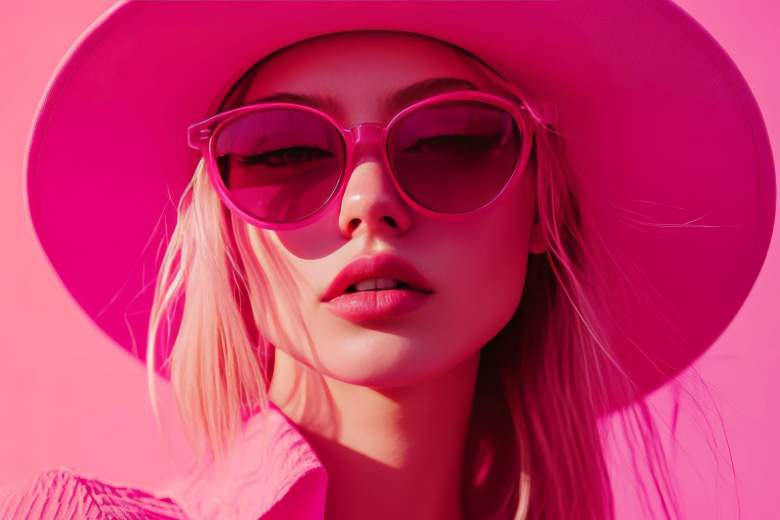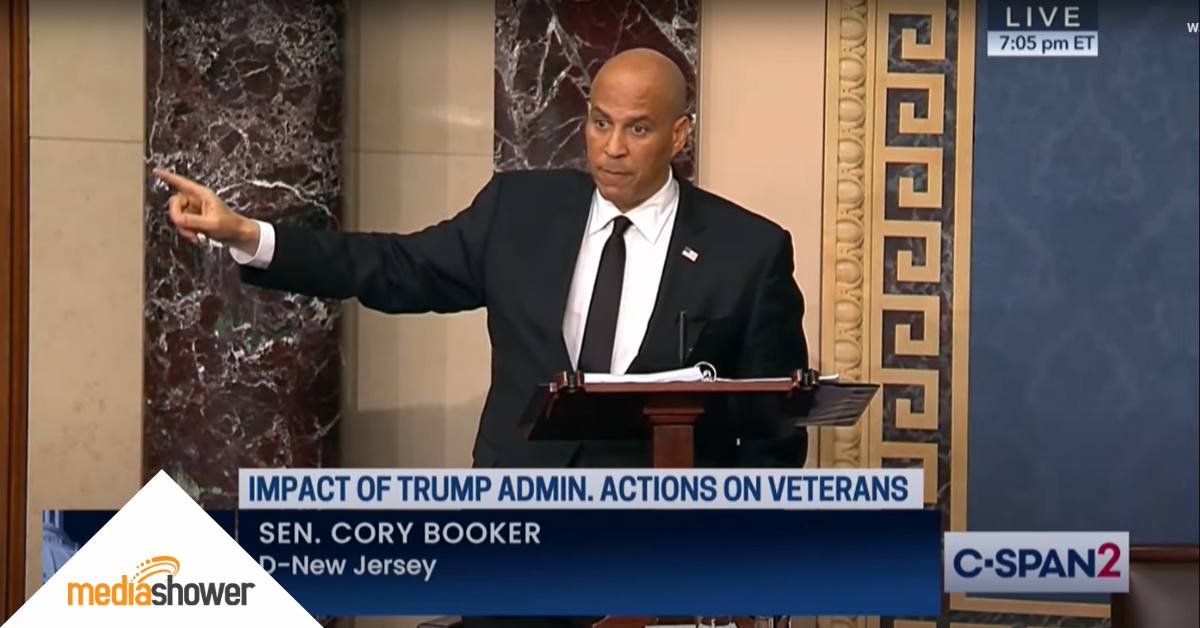
Quick Summary
- The blockbuster “A Minecraft Movie” ignited a viral fan reaction that quickly spiraled beyond brand control.
- The case shows how strong fan energy can fuel brand lift—and the importance of guardrails to prevent brand damage.
- Marketers can draw lessons in planning for virality, setting boundaries, and guiding audience behavior.
The release of “A Minecraft Movie,” starring Jack Black and Jason Momoa, looked like a dream scenario for marketers. The film pulled in over $300 million globally in its opening weekend.
Fan reactions to the movie went viral almost before the first audiences had left the cinemas. The internet buzzed with fans posting their reactions.
But the excitement quickly got out of hand, thanks to TikTok and the “chicken jockey trend.”

What Is The Chicken Jockey Trend?
“Chicken jockey” is a rare and funny Minecraft reference spoken in the movie by Jack Black’s character, Steve.
In theaters around the world, teens are standing, cheering, throwing snacks and drinks, and in some cases, disrupting screenings entirely when Steve speaks the line. Cinemas are being trashed.
In response, theaters are pausing showings or removing guests, and police are making arrests.
Not surprisingly, negative headlines have followed.
Brand stewards are left managing the aftermath of a moment they didn’t plan—but now have to own.
@sbsnews_au The viral ‘chicken jockey’ trend in which moviegoers overreact to a Jack Black line in A Minecraft movie has reached Australian shores. Cinema workers in Sydney, Melbourne and the Gold Coast told SBS News that screaming, shouting and throwing food and drinks were common occurrences at A Minecraft Movie screenings. For the latest news, visit @sbsnews_au ♬ original sound – SBS News
“Minecraft” mayhem.
Is This Minecraft Moment the First of Its Kind?
No, audience participation at the movies didn’t begin with Minecraft. Here are the best-known examples of organic interactive cinema.
Pink Flamingos (1972)
Though “Pink Flamingos” was released in 1972, it took a little longer to reach cult status, largely through underground viewings.
This film pushed boundaries in a different way. Its shock-value content led to gasps and groans, but the responses remained rooted in its midnight-movie positioning.
The Rocky Horror Picture Show (1975)
“Rocky Horror” has built a legacy on audience participation. It’s the longest-running theatrical release in film history, mostly due to its cult following and interactive midnight screenings.
To this day, fans cosplay, dance and sing along, and bring props to showings, making the screenings feel like live theater.

Audience participation, Rocky Horror style.
The Room (2003)
“The Room” has earned similar cult status. Fans shouted lines in unison and tossed plastic spoons every time a framed photo appeared on-screen. It was absurd, but it stayed joyful.
How Is the Chicken Jockey Trend Different?
In these examples, the benign chaos has always added to the experience. Each of these fan experiences have structure. The audience understands the rules, even if they’re unwritten.
They occur in appropriate venues—and the cinemas have always been in on the fun.
Then came TikTok.
How Did the Chicken Jockey Trend Get Out of Control?
No one handed out cue cards for “Minecraft.” The moment fans heard “chicken jockey,” they were delighted to discover an Easter egg from the game, so they celebrated it—raucously.
TikTok captured the reactions. New videos amplified the trend, and one screening’s energy became another’s benchmark. Viewers planned their responses before arriving at the cinema.
In some ways, it mirrors the joyful chaos of earlier cult classics. But the Minecraft frenzy has unfolded across standard showtimes, not midnight screenings. It’s happening in packed matinees with young kids in the audience.
The behavior is overwhelming. Not all audience members appreciate the chaos, and many parents who might otherwise bring their kids to see the movie are choosing not to.
And now that the trend has gained momentum, the people responsible for the brand have little influence over it.
@ugolord Replying to @Samuel💪🇵🇭 Minecraft Movie Sparks Viral ‘Chicken Jockey’ Trend—Can You Be Arrested? Attorney #UgoLord Reacts! #lawyer #minecraft #minecraftmovie #chickenjockey #TikTokPartner #stitch with @HWB ♬ original sound – ⚖️ The TikTok Attorney ⚖️
“Can you get arrested for the Chicken Jockey trend?” – A lawyer’s response.
How Does the Chicken Jockey Trend Create Brand Risk?
No one built a campaign around “chicken jockey.” The fans took it upon themselves, and their emotional response feels authentic and unscripted.
It’s the kind of cultural resonance that marketers chase. It has created instant visibility and expanded the film’s reach beyond the screen.
However, as fan behavior has escalated, the narrative has shifted. News stories are focusing on disruptions, not fan love. Theaters are adding security, and parents are complaining.
Negative press has clouded the campaign’s momentum.
Short-term challenge for Warner Bros.
The studio is almost certainly welcoming the buzz—but not the backlash. Theater chains are having to intervene, and safety is becoming a concern.
Even if the chaos helps ticket sales, it’s complicating relationships with exhibitors and leaving a mark on the film’s PR narrative.
Longer-term brand concern for Microsoft and Mojang Studios
Minecraft isn’t just a game—it’s an ecosystem built on creativity, community, and kid-friendliness. The viral chaos, arrests, and negative press don’t align with that tone. And while Microsoft didn’t produce the movie, it licensed one of its most valuable intellectual properties.
The brand took on risk without full control of the outcome.
Fan love is a good problem to have—but it’s still a problem when it overwhelms the setting and drags the brand off-message.

How Can Brand Stewards Protect Their Brands?
The “Minecraft” story demonstrates how quickly fans can become co-creators of a campaign. It also shows how fast things can go off-script.
The line between community engagement and reputational risk remains thin—especially when social media platforms amplify everything in real time.
In addition to promoting products, marketers need to manage shared experiences. That includes anticipating how people will react, both online and in the real world.
It also includes giving audiences clear ways to participate that align with the brand’s values.
Without a plan, energy spreads unpredictably, but with the right frameworks, it can become fuel for the brand.
What Are Some Examples of Good Superfan Management?
When fandom is thoughtfully channeled, it becomes a powerful brand asset. These examples show how companies have created structured, brand-safe spaces for fans to engage—and kept the energy productive.
LEGO Ideas Platform (2008 in Japan; 2014 in the US)
LEGO’s “LEGO Ideas” is an online community where enthusiasts can submit their own designs for new LEGO sets. Members vote on their favorite designs, and those that receive sufficient support are considered for production as official LEGO products.
This initiative fosters creativity while ensuring that fan contributions align with LEGO’s brand standards.
Pokémon Go’s real-world events (2017)
Niantic planned well-structured live events that balanced fan excitement with logistical management. The company learned from early missteps and adjusted future experiences to keep things safe, engaging, and scalable.
Travis Scott’s Fortnite concert (2020)
Epic Games created a branded, virtual concert experience that invited participation within defined boundaries. Fans danced, filmed, and shared without ever leaving the game world.
The brand controlled the environment yet let the community amplify it in creative ways.
Barbiecore and the Barbie Movie (2023)
Fans dressed in pink, flooded social feeds, and turned screenings into events. Warner Bros. encouraged it with merch, filters, and UGC-friendly campaigns. The energy stayed positive because the brand guided it with intention.
Warner Bros. leaned into fandom with tools and themes that made fans feel seen—on the brand’s terms.

Marketer Takeaways
- Channel the energy. Give fans frameworks for participation—like hashtag challenges, UGC contests, or interactive assets—that direct their creativity.
- Know your environment. A loud crowd at a midnight comedy screening is different from a kids’ matinee. Tailor campaigns to the context.
- Build in response plans. Not every trend is a home run. Have a plan for what to do when buzz goes sideways.
- Anticipate offline impact. Digital trends often jump into real-world spaces. Prepare for how your campaign might affect events, venues, or public experiences.
- Watch for red flags. When a campaign starts trending in unexpected ways, step in early. Shape the narrative before it gets away.
Media Shower’s AI marketing platform helps brands turn fan energy into focused engagement—without the cleanup crew. Click for a free trial.


